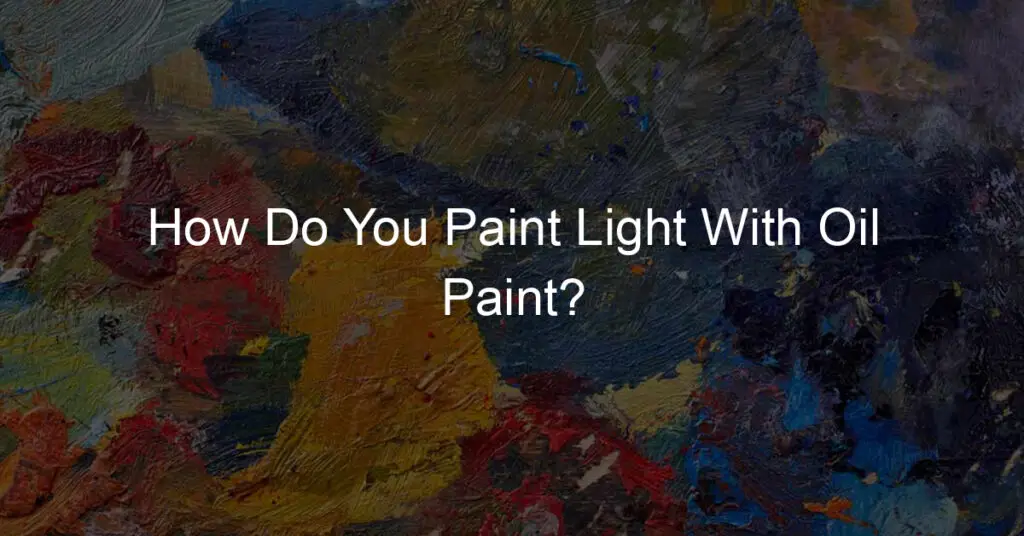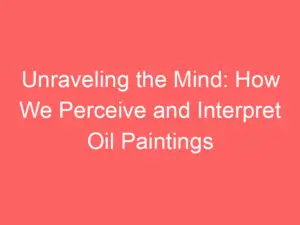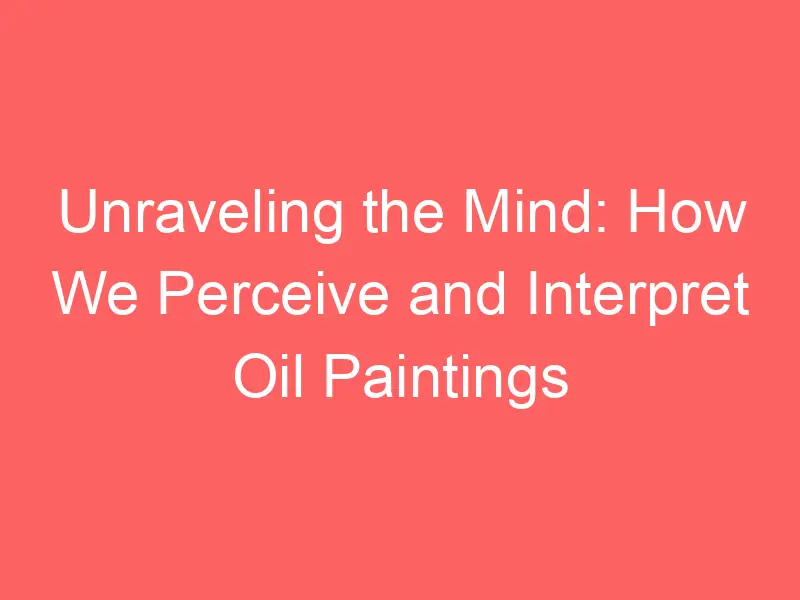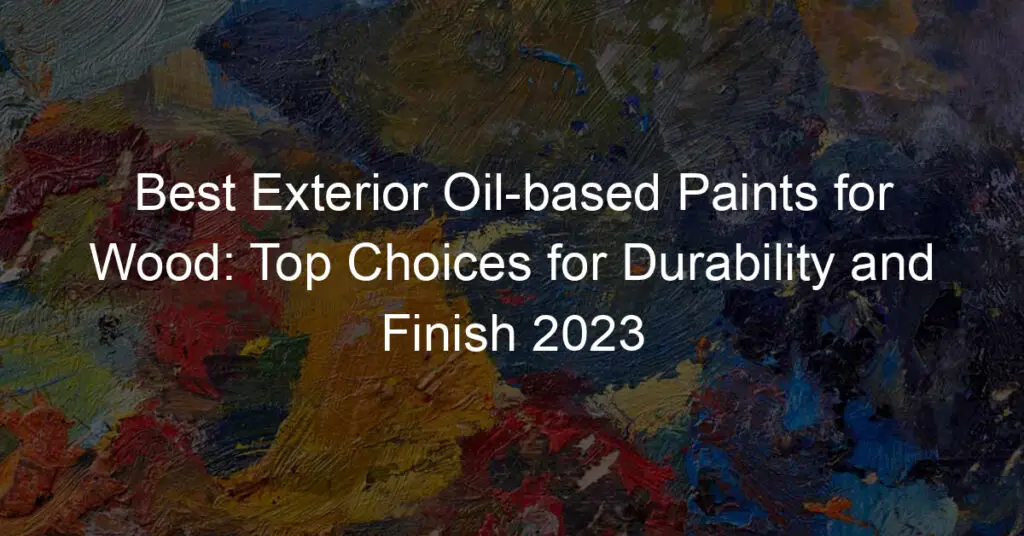As artists, one of our main objectives is to bring a sense of life and depth to our artwork. One of the most effective ways to achieve this is by mastering the depiction of light.
The subtle dance of light and shadow, the interplay of colors under different light conditions, and the way light shapes our perception of the world around us all play into creating a sense of realism and luminosity techniques in our work.
This guide delves into the Luminosity techniques and understanding required to paint light effects with oil paints. We will uncover the secrets of tonal underpainting, value management, the use of glazing, and more.
Whether you’re a novice just starting your journey or an experienced artist looking to refine your skills, this exploration of luminosity techniques promises valuable insights that can help you bring new depth and vibrancy to your oil paintings.
Grasping the Interplay of Light and Color

One must first grasp the inherent connection between light and color to paint light effectively. Contrary to popular belief, light is not devoid of color.
In fact, the color of light effect dramatically influences the hues within a scene. In the presence of warm light, colors adopt a warmer bias, whereas cool light imparts a cooler bias to colors.
This relationship plays a significant role in creating a sense of light and atmosphere in your painting.
When you start to see a light effect not just as illumination but as a carrier of color, you begin to tap into powerful luminosity techniques.
Tonal Underpainting: Your First Step Towards Luminosity
Tonal underpainting is an age-old method that can significantly enhance the sense of light in your oil painting.
The concept is simple yet effective – you start your artwork with a monochromatic underpainting, often using burnt umber or a mixture of ultramarine and burnt sienna to create a grayscale version of your final image.
This stage allows you to figure out the tonal values in your artwork before introducing the complexity of color.
Illuminating Techniques: The Role of Value in Light Depiction
If color is the heart of a painting, then the value is its backbone. Value denotes how light or dark a color is, a feature that proves pivotal when portraying light.
By using a value scale ranging from white to black, you can determine the value of the colors you are mixing.
The juxtaposition of light and dark is what brings the illusion of light and depth to your painting, making value management a cornerstone of luminosity techniques.
Harnessing the Power of Glazing for Luminous Effects
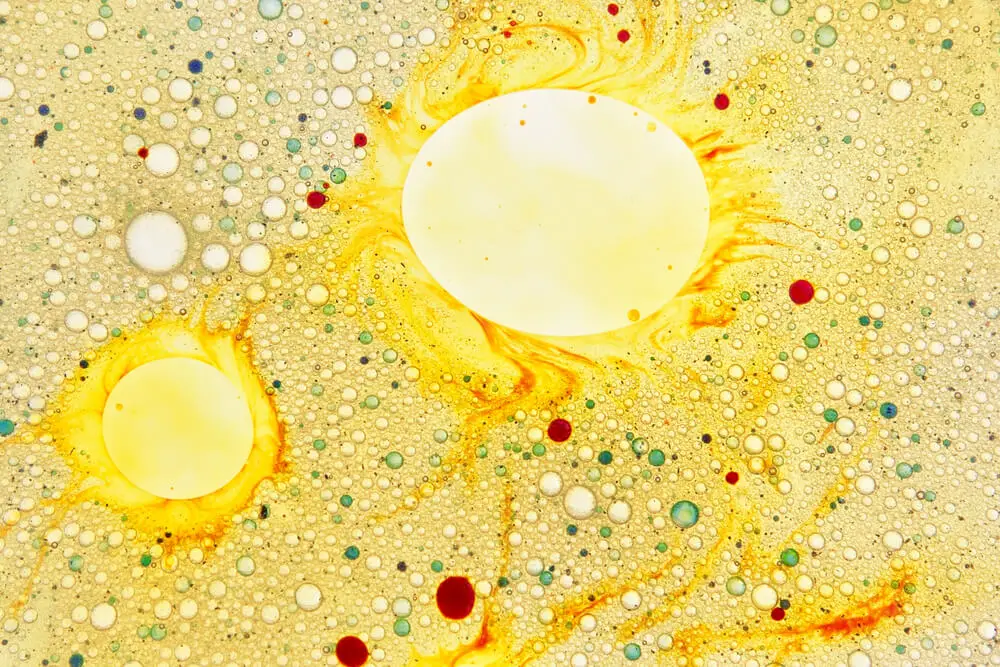
Glazing is a widely used technique to infuse luminosity into a painting. It entails applying thin, transparent layers of oil paint over previously dried layers.
The magic of glazing lies in the way it interacts with light. As light passes through the transparent layers, it is reflected off the layers underneath, creating a depth and glow that is hard to achieve otherwise.
Handpicking the Ideal Colors for Achieving Luminosity
While every color has its place on the palette, some naturally lend themselves better to conveying light.
Warm colors like red, orange, and yellow tend to advance in a painting, making them excellent choices for portraying light.
On the other hand, cool colors like blue, green, and violet tend to recede, making them ideal for depicting shadows or less illuminated parts of a scene.
Walking the Tightrope of Color Temperature
Color temperature is a subtle yet crucial factor in painting light. Shadows and light aren’t just darker and lighter versions of the same color; they also have different color temperatures.
Light areas generally have a warmer color temperature, whereas shadows are cooler. Incorporating this concept into your painting can enhance the realistic portrayal of light.
Strategic Steps: Painting from Dark to Light
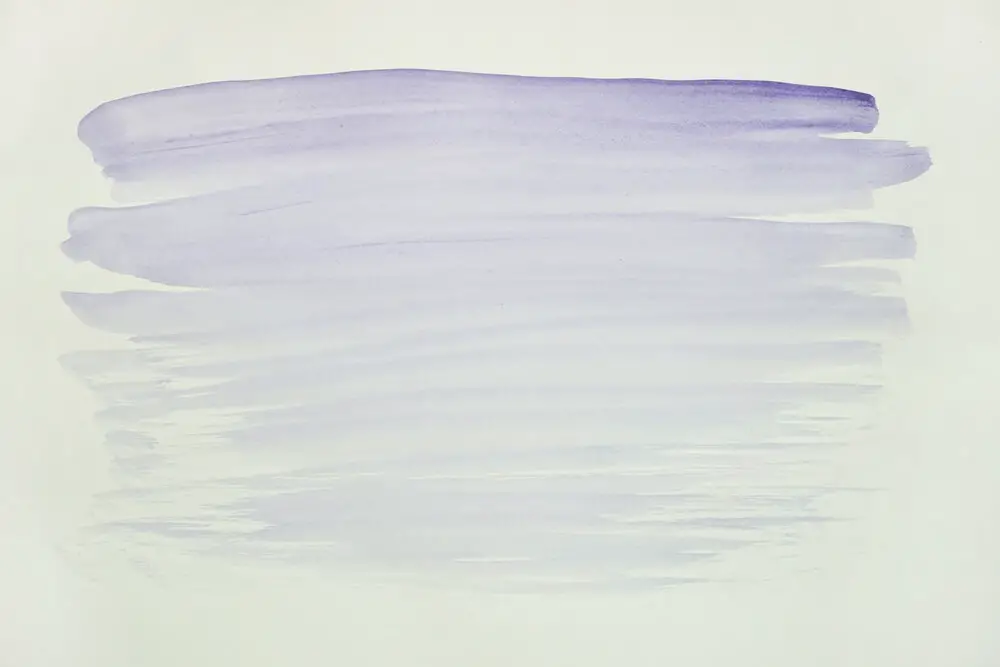
The “fat over lean” technique is a fundamental principle in oil painting, which advices starting with darker colors and gradually working up to the lighter ones.
This technique can help create a sense of depth and volume in your artwork, adding to the overall impression of light.
Texture Meets Light: Experimenting with Impasto
Impasto is a painting technique where paint is laid thickly on the canvas, allowing brush or knife marks to be visible.
By creating texture, it allows light to play on the surface in varied and interesting ways, enhancing the overall sense of light in a painting.
Spotlight on the Light Source: An Accurate Representation
Depicting the light source accurately can significantly enhance the luminosity in a painting. Attention should be paid to how light falls on the objects in your painting, altering their color and value.
Incorporating the reflections of the light source can add an extra dimension of realism and luminosity.
The Art of Painting Reflection and Refraction
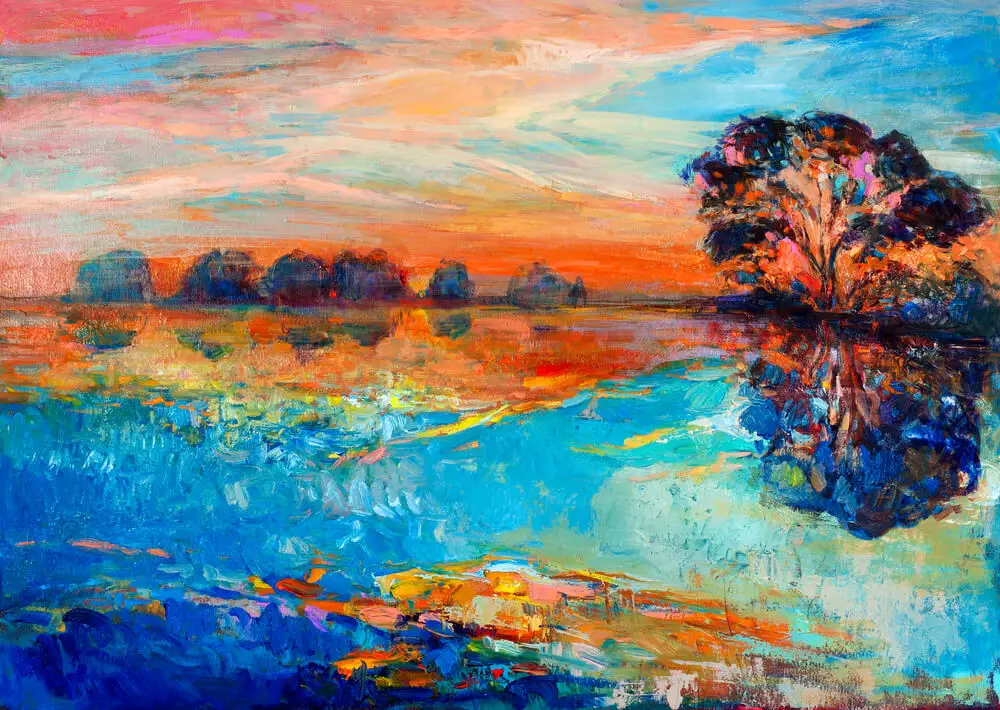
Light behaves differently when interacting with various surfaces and objects. It bounces off reflective surfaces and bends when it passes through transparent objects.
These phenomena, known as reflection and refraction, can be captured in your painting to enhance its sense of light further.
Hands-on Learning: Still Life with Light and Shadows
A practical way to get better at painting light is to practice with simple subjects. Start with a simple still life that includes some light and shadows. As you become more comfortable, increase the complexity of the scenes you are painting.
The key is to take the time to really observe how light interacts with the objects, the colors it brings out, and the shadows it casts.
A Study of Light: Capturing the Glow of Sunrise or Sunset
A sunrise or sunset is a beautiful study of light and its transformative impact on the landscape.
As the light changes from cool to warm and vice versa, it presents an opportunity to capture the full range of its effects, offering ample practice for your luminosity techniques.
Tackling the Toughest Challenges in Painting Light

Despite the myriad techniques available, painting light can be a challenging endeavor. Common issues include muddying the colors, failing to get the right values, and struggling to create a sense of depth.
It’s essential to identify these issues, learn from them, and understand how to prevent them in the future.
| Parameter | Importance | Technique | Example |
|---|---|---|---|
| Color of Light | High | Observation, Mixing | Warm light enhances warm colors |
| Tonal Underpainting | High | Painting, Layering | Start with burnt umber |
| Value | Very High | Observation, Mixing | Use a value scale |
| Glazing | Medium | Painting, Layering | Thin, transparent layers over dried paint |
In conclusion,
Painting light with oil paint and mastering luminosity techniques involves understanding the interplay between light and color, a sound approach to value, strategic use of techniques such as underpainting and glazing, and a thorough grasp of color temperature.
Though it’s a challenging aspect of painting, its mastery can imbue your artwork with a captivating sense of depth and reality. Remember, practice is key.
Start with simple subjects and gradually move to more complex ones.
Over time, you will see a noticeable improvement in your ability to capture light in your paintings.

